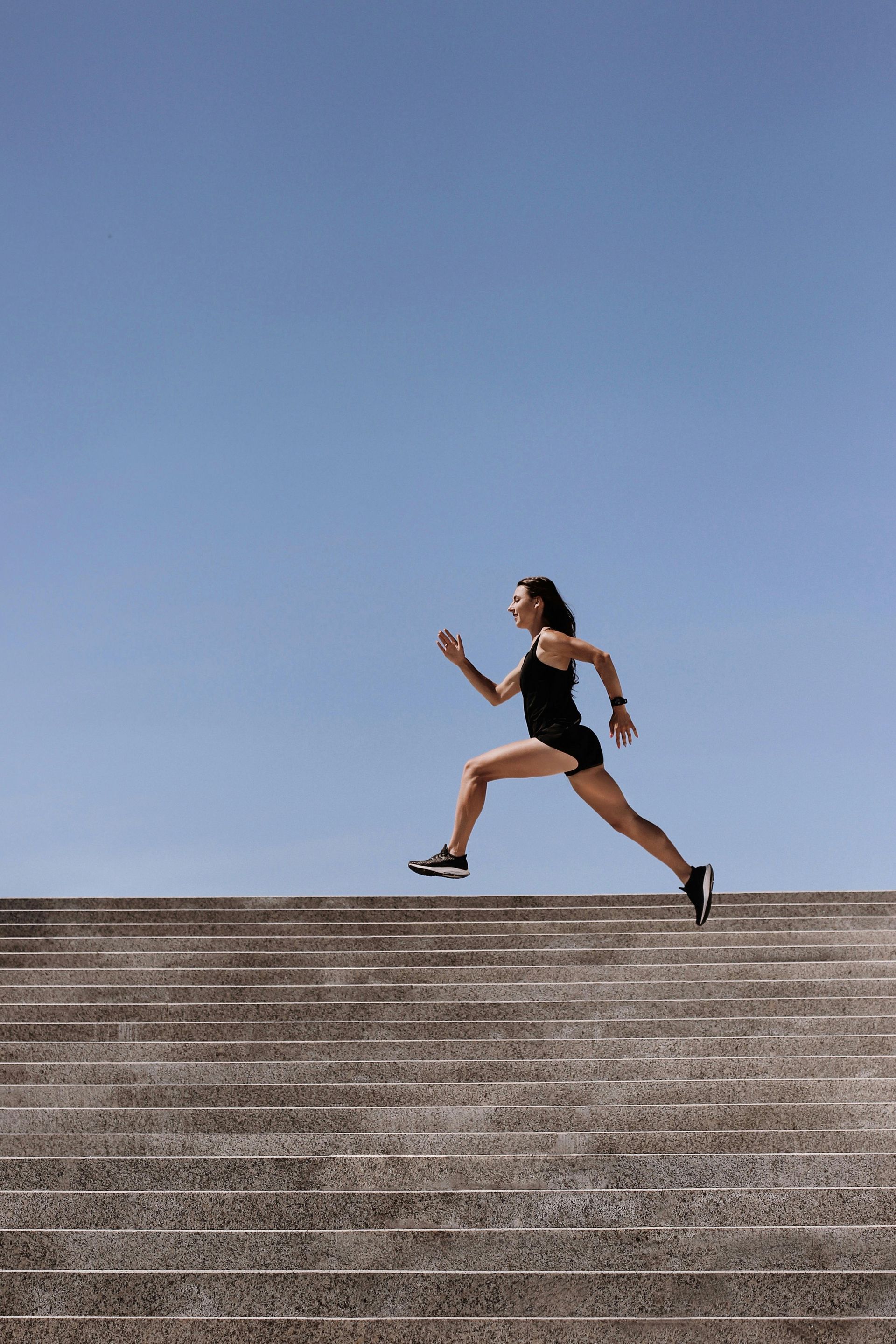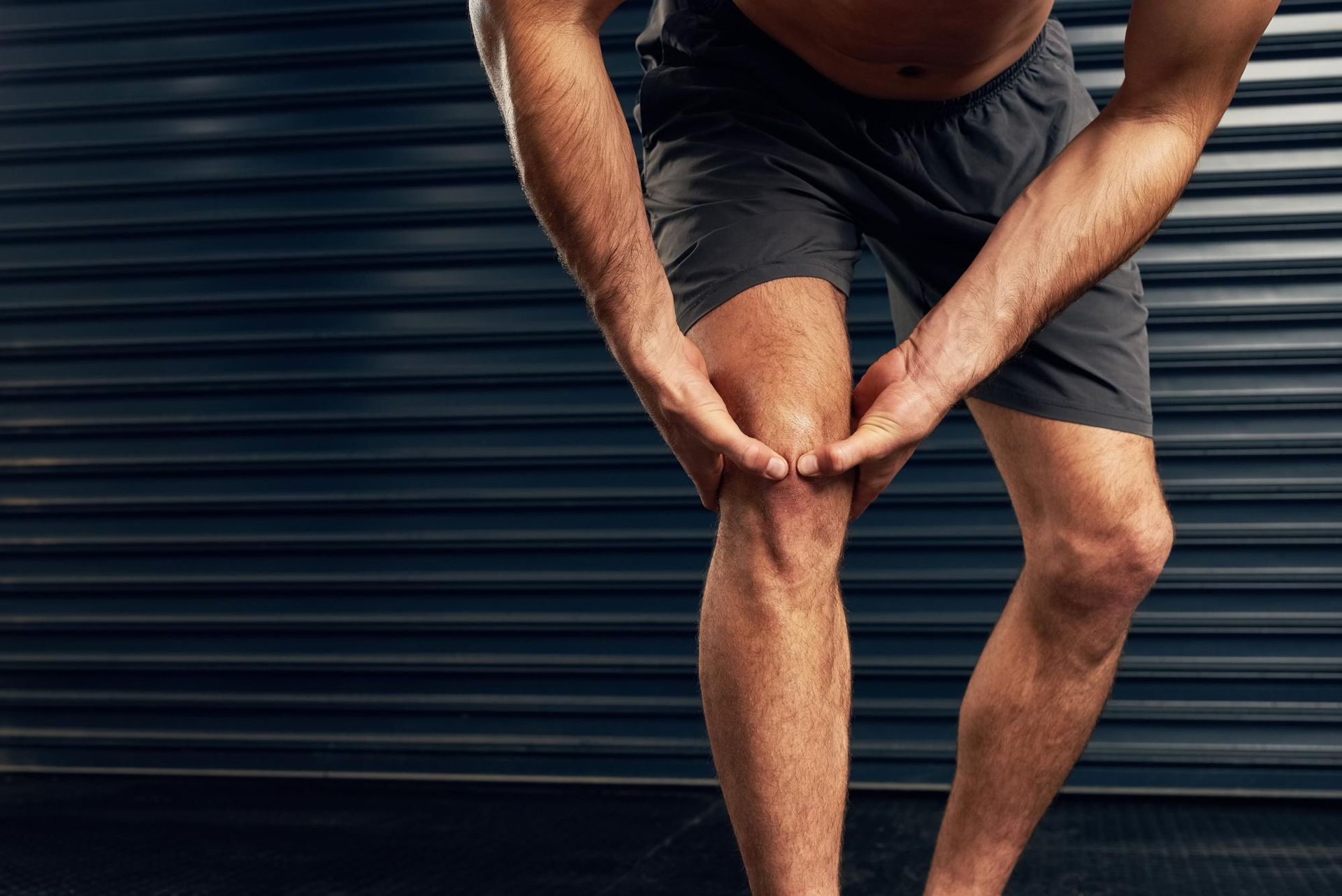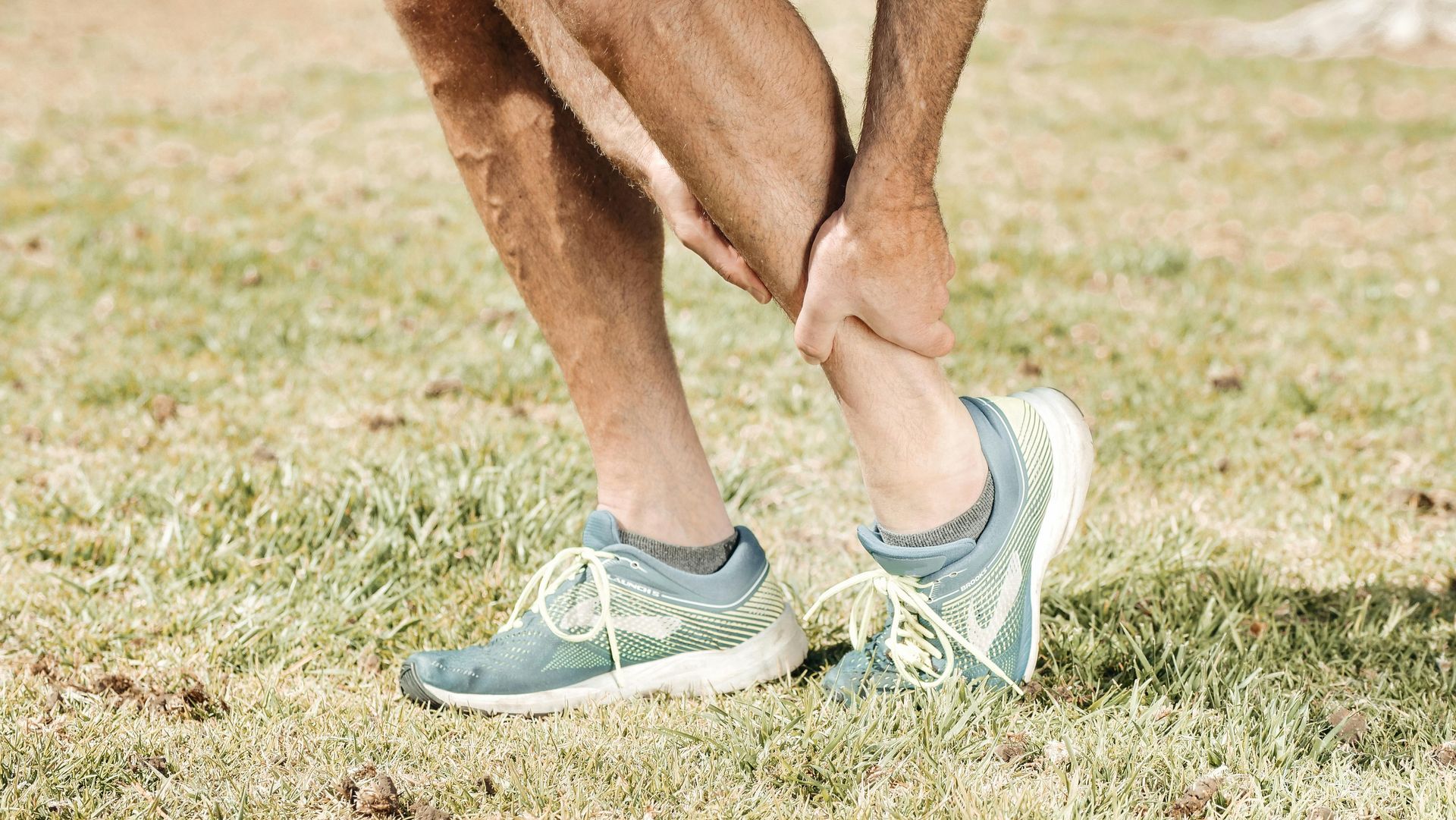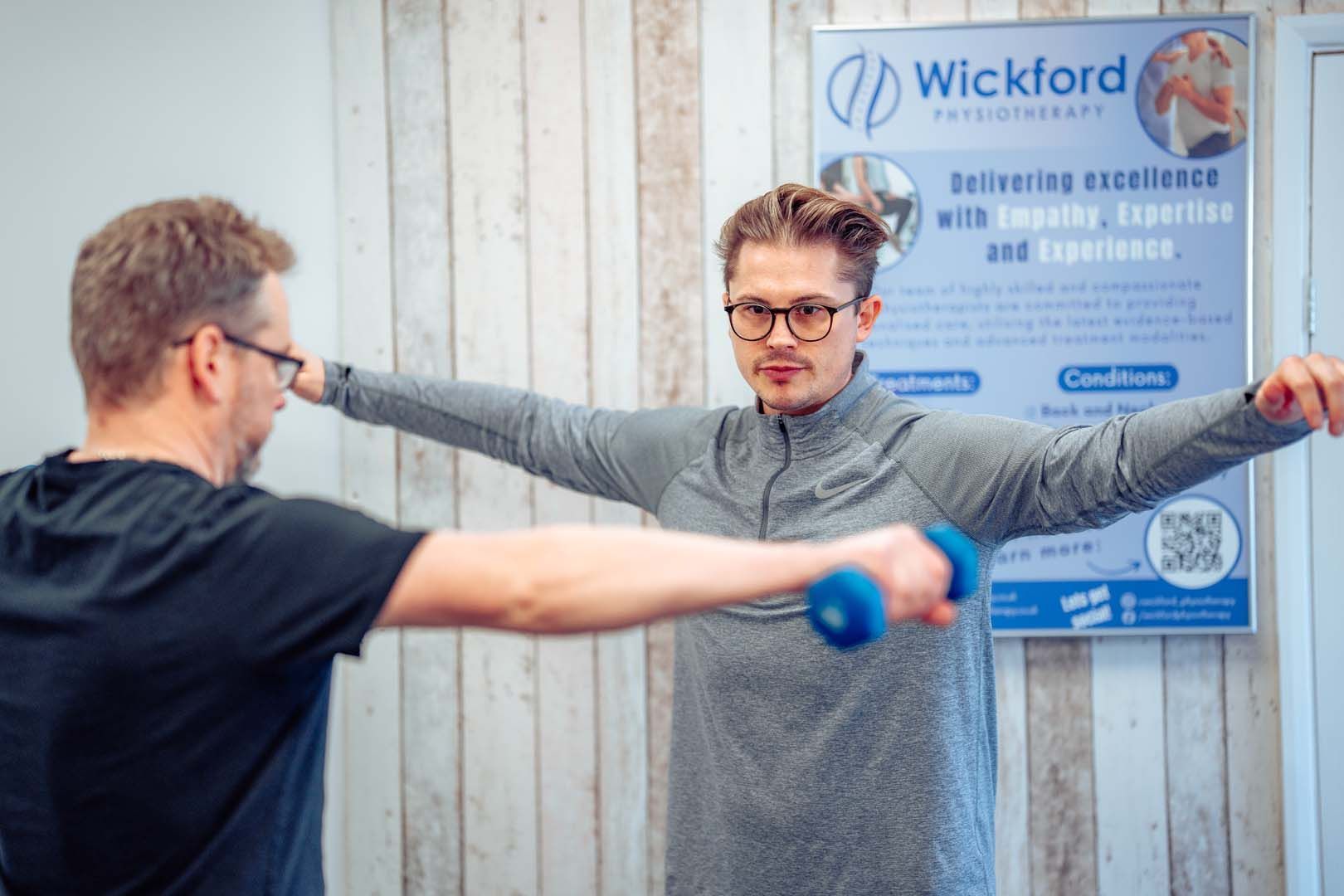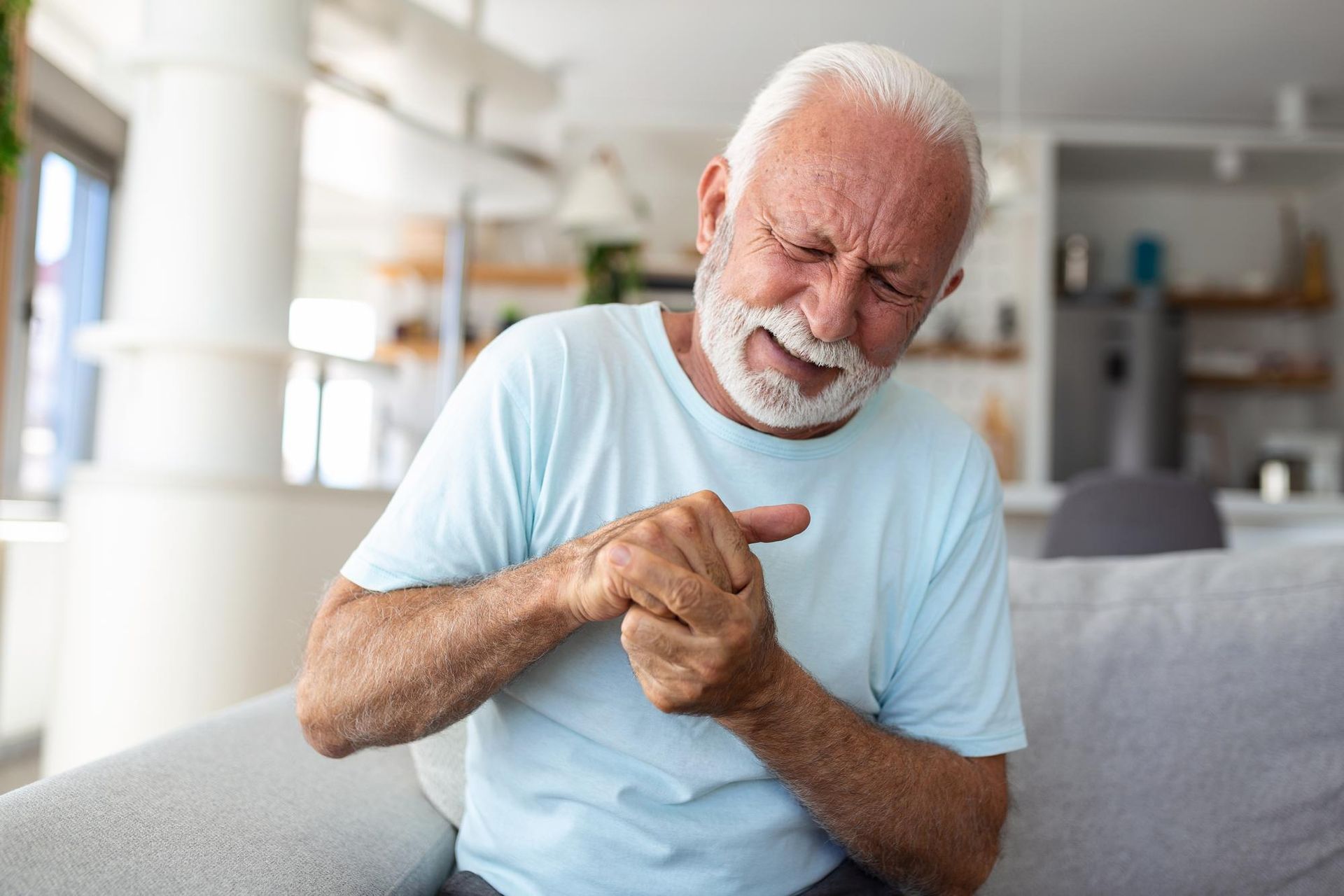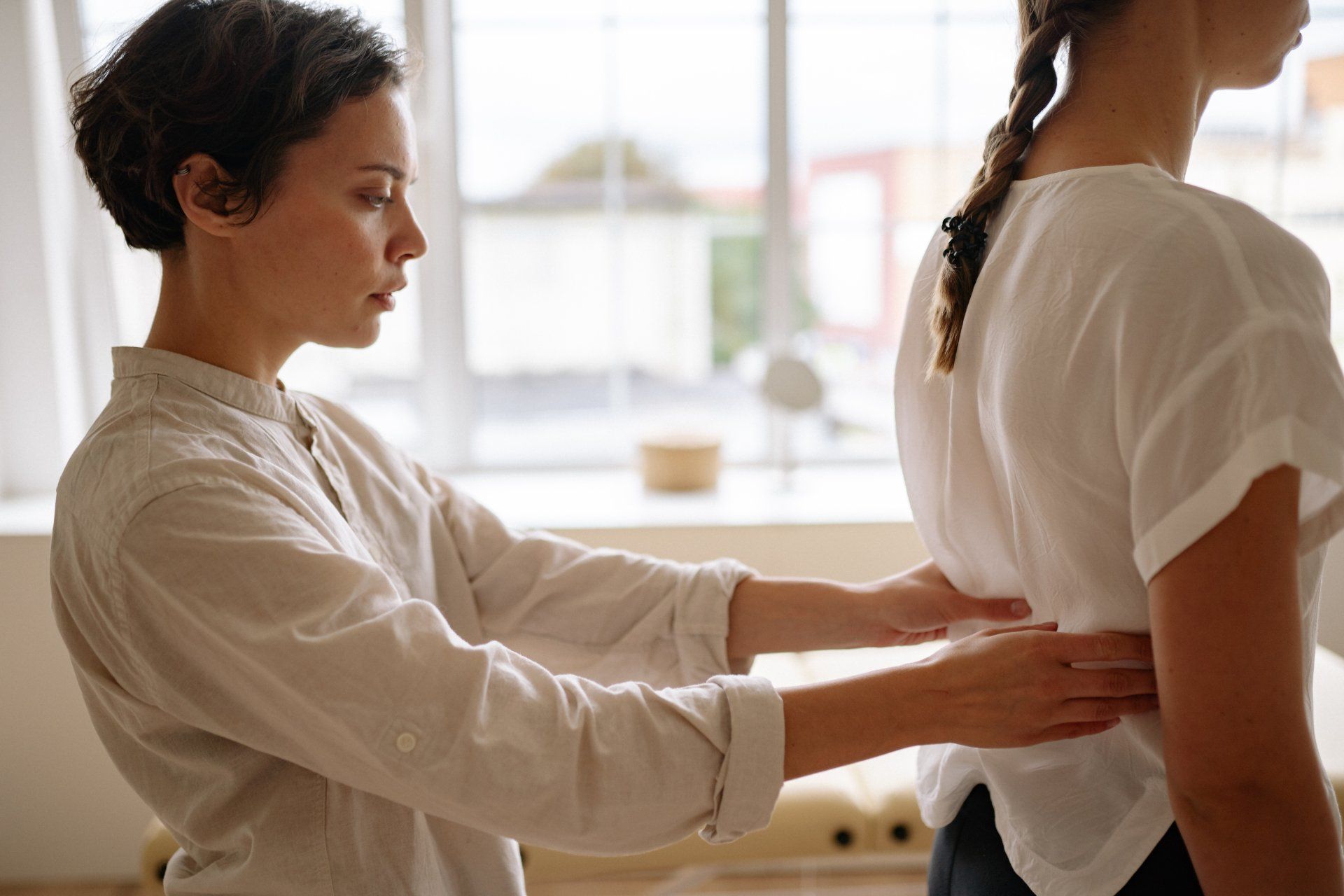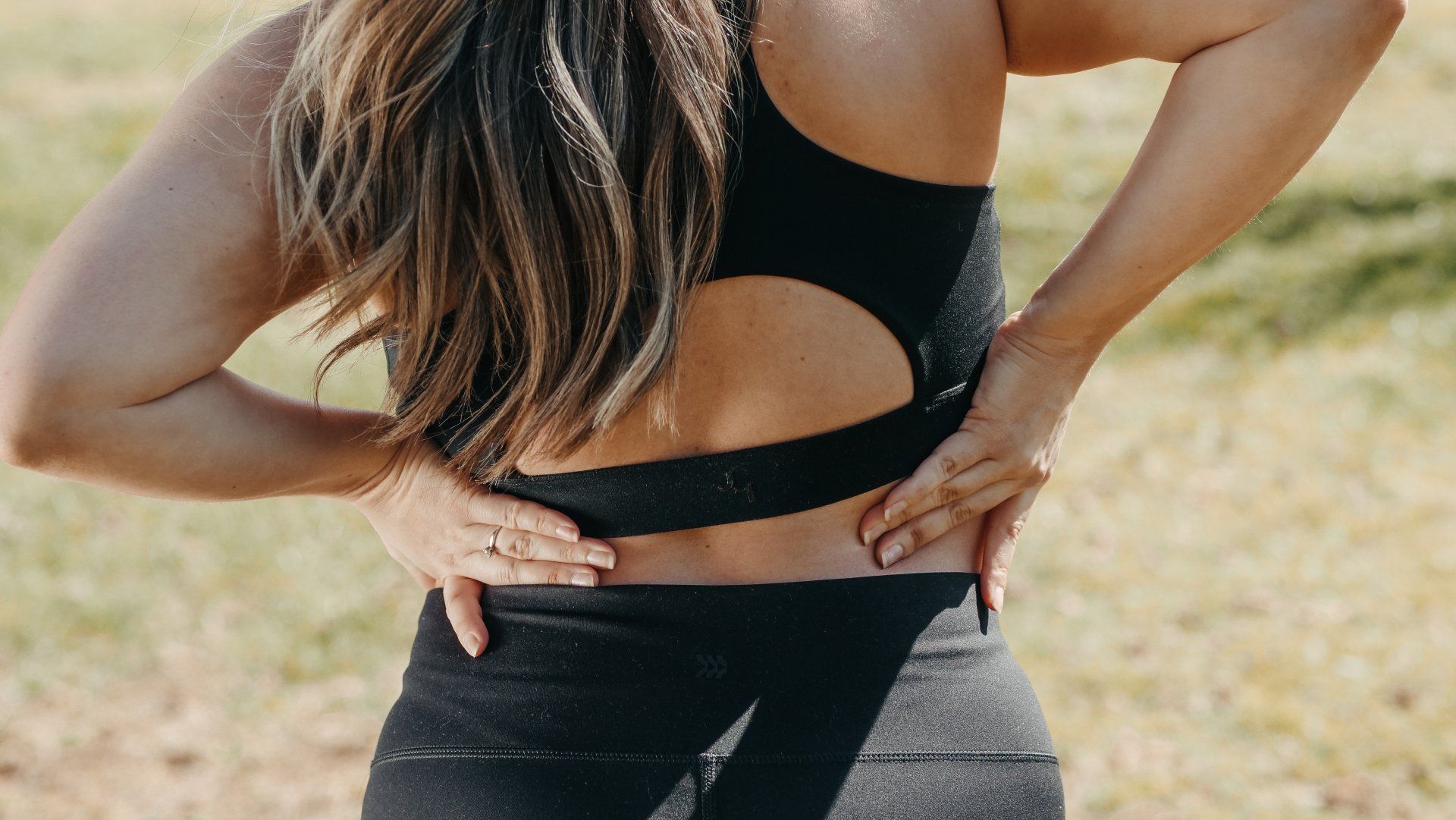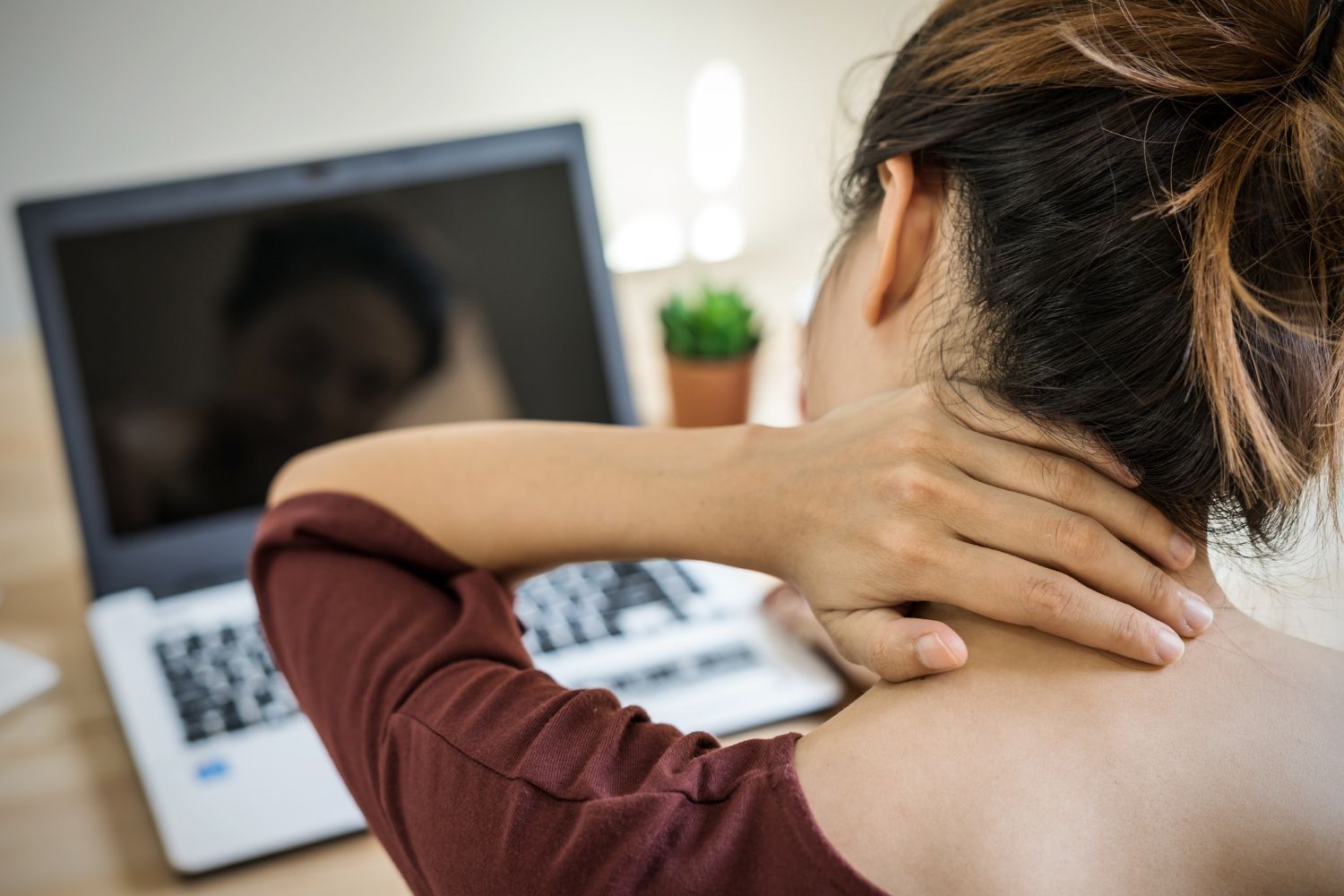Knee Osteoarthritis: A Comprehensive Guide
Demystifying Knee Osteoarthritis
Knee osteoarthritis is a prevalent joint condition that affects millions of people worldwide. It occurs when the protective cartilage that cushions the ends of your bones wears down over time. This can lead to pain, stiffness, and reduced mobility in the knee joint. Understanding the factors that contribute to the development of osteoarthritis is crucial for effective management.
Causes and Risk Factors
While aging is a primary factor in the onset of knee osteoarthritis, it's not the sole culprit. Genetic predispositions, obesity, previous joint injuries, and overuse of the knee joint can also contribute. When these elements converge, they accelerate the degenerative process, leading to the hallmark symptoms of osteoarthritis.
Additionally, certain occupations that involve repetitive stress on the knees, like construction work or professional sports, can increase the risk. By recognising these factors, individuals can take proactive steps to mitigate their impact on joint health.
Recognising the Symptoms
Early detection of knee osteoarthritis is crucial for effective treatment. Common symptoms include pain during movement, stiffness, a grating sensation, and swelling around the joint. These signs often manifest gradually, making it important to pay attention to subtle changes in knee function.
As osteoarthritis progresses, individuals may experience more pronounced pain, especially after periods of inactivity. It's vital to consult a healthcare professional if any of these symptoms arise, as early intervention can significantly improve outcomes.
Managing Knee Osteoarthritis: A Holistic Approach
While there is no cure for osteoarthritis, there are various strategies to manage its impact on daily life. These may include a combination of weight management, physical therapy, low-impact exercise, and pain management techniques.
Maintaining a positive mindset and seeking support from healthcare providers and loved ones can make a significant difference in one's ability to adapt to life with knee osteoarthritis.
Empowering a Pain-Free Future
In the face of knee osteoarthritis, knowledge is power. Knee osteoarthritis is a common yet manageable condition that affects many individuals and by understanding the intricacies of this condition, individuals can take proactive steps to preserve joint health and quality of life.
For more information or advice, click here.


